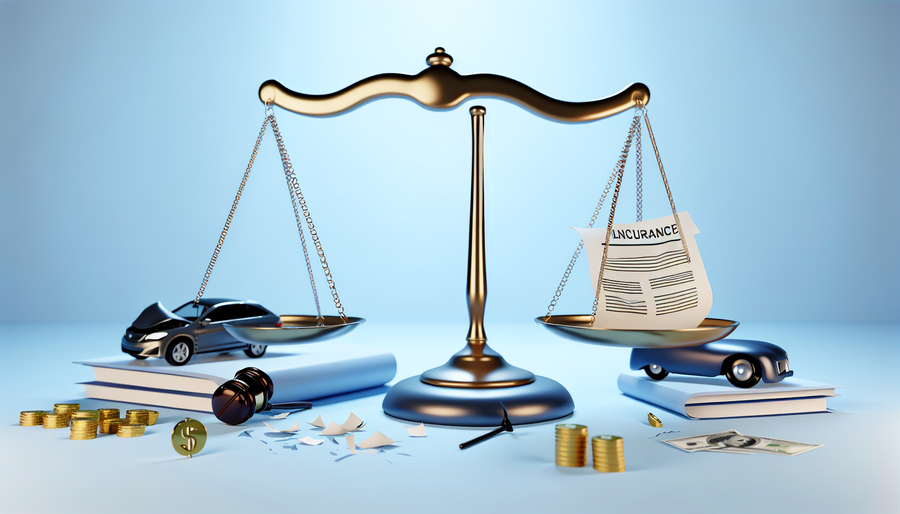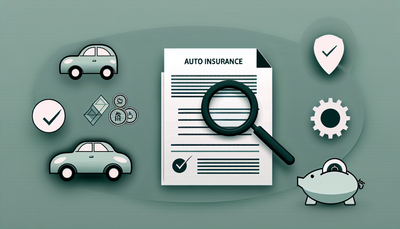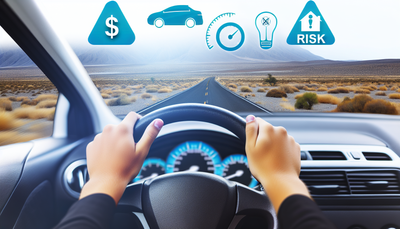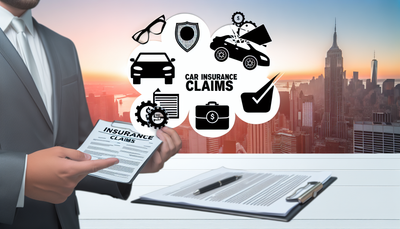Understanding Fault and Liability in Auto Insurance Claims

Understanding Fault and Liability in Auto Insurance Claims
When you're involved in a car accident, the aftermath can be confusing and stressful. One of the first questions that arises is: Who's at fault? This isn't just about placing blame — it's about understanding how liability affects your auto insurance claim. In this post, we’ll break down how fault is determined, what it means for liability, and how this process influences your insurance coverage and premiums.
Why Fault and Liability Matter in Car Insurance
Fault determination plays a critical role in auto insurance. It affects:
- Who pays for damages (both property and medical)
- Whose insurance policy is triggered
- Future premium rates
- Legal responsibilities
Understanding the distinction between fault and liability can help you better navigate your insurance claim and communicate effectively with your insurer.
What Is Fault in an Auto Accident?
In auto insurance terms, fault refers to who caused the accident. It’s not always black-and-white — multiple parties can share fault. There are three common systems insurers and states use:
1. At-Fault Systems
In these systems, the driver found responsible for the accident bears financial responsibility. Their insurance typically pays for damages and injuries.
2. No-Fault States
In no-fault states, each driver’s own insurance covers their medical expenses, regardless of who caused the crash. Property damage may still involve fault assessment.
3. Comparative Fault Rules
Some states use comparative or contributory negligence systems, where fault can be shared. If you’re found 20% at fault, for example, your compensation might be reduced by 20%.
How Is Fault Determined?
Insurance companies use several methods to determine who was at fault:
- Police Reports: These often include the officer’s judgment and citations issued.
- Eyewitness Statements: Neutral third-party accounts can be crucial.
- Photos and Videos: Dashcam footage or traffic surveillance can provide objective evidence.
- Vehicle Damage: The location and extent of damage can signal the type of impact and sequence of events.
- Admission of Fault: Sometimes, one party openly admits responsibility.
Liability: Who Pays What?
Once fault is established, liability comes into play. This is the legal obligation to cover costs resulting from an accident. Liability can include:
- Medical bills
- Property repair or replacement
- Legal fees if you're sued
If you're found liable, your liability coverage (a standard part of all auto insurance policies) will cover these expenses up to your policy limits.
Steps to Take After an Accident
To protect yourself during the fault and liability process, follow these key steps:
- Stay Calm and Safe: Move to safety and check for injuries.
- Call Authorities: Always file a police report.
- Exchange Information: Swap insurance and contact details with other drivers.
- Document the Scene: Take photos and gather witness statements if possible.
- Notify Your Insurer Promptly: Report the accident as soon as possible.
How Fault Affects Your Insurance Premium
Being found at fault in an accident usually results in higher insurance premiums. The increase depends on your insurer’s policies, the accident's severity, and your driving history. Some insurers offer accident forgiveness programs that prevent rate hikes for your first at-fault incident.
Conclusion
Dealing with car accidents is never easy, but understanding how fault and liability work can make the insurance claim process smoother and less intimidating. Knowing your rights, keeping detailed records, and communicating clearly with your insurer can help you navigate the aftermath with confidence. Whether you're found responsible or not, being informed empowers you to protect your interests.
Remember, the more you understand about car insurance, fault determination, and liability, the better prepared you'll be when it matters most.







